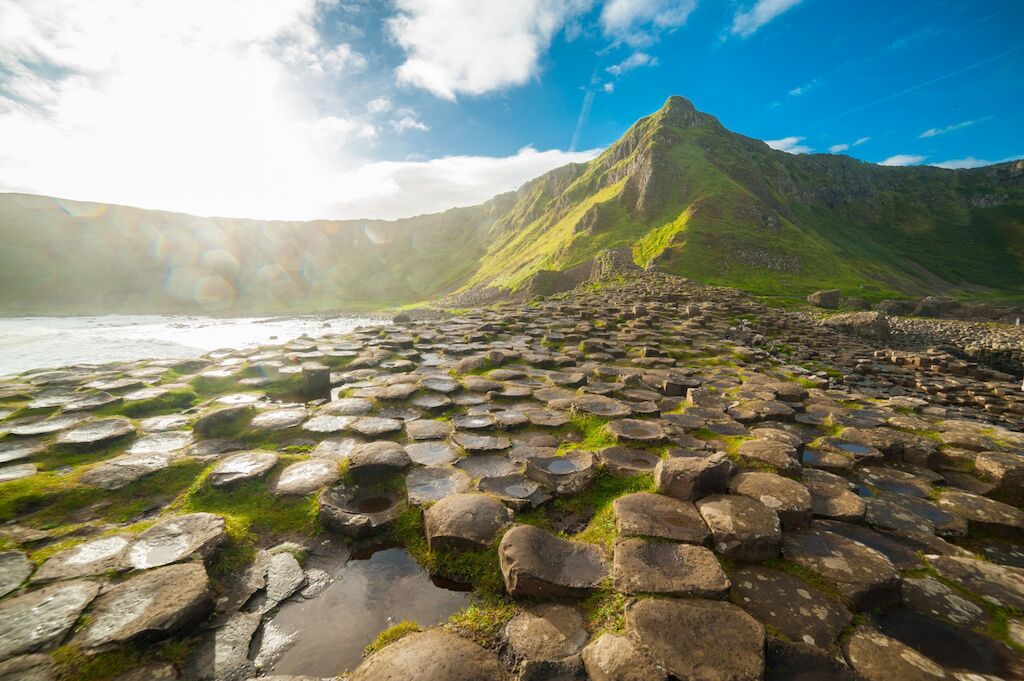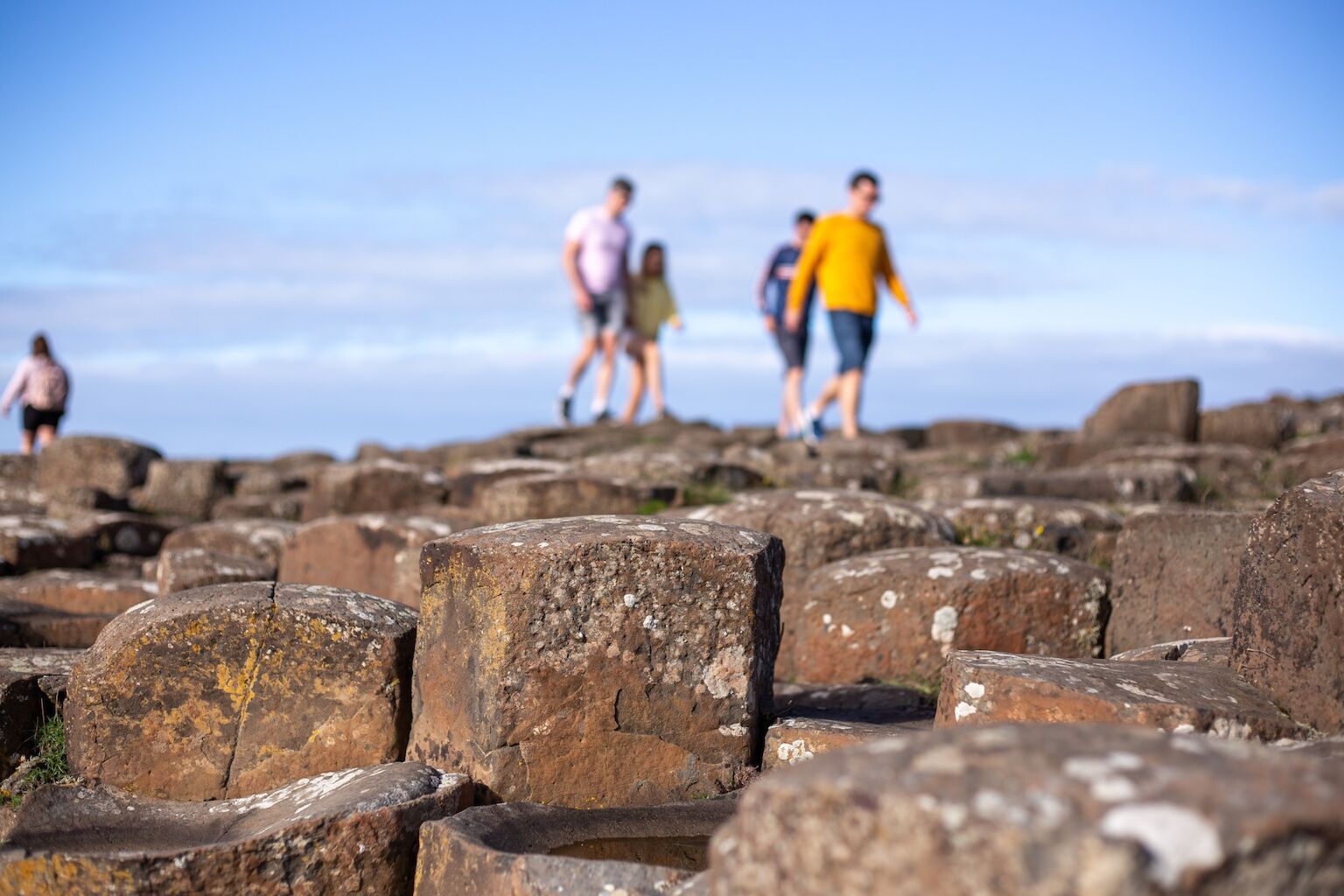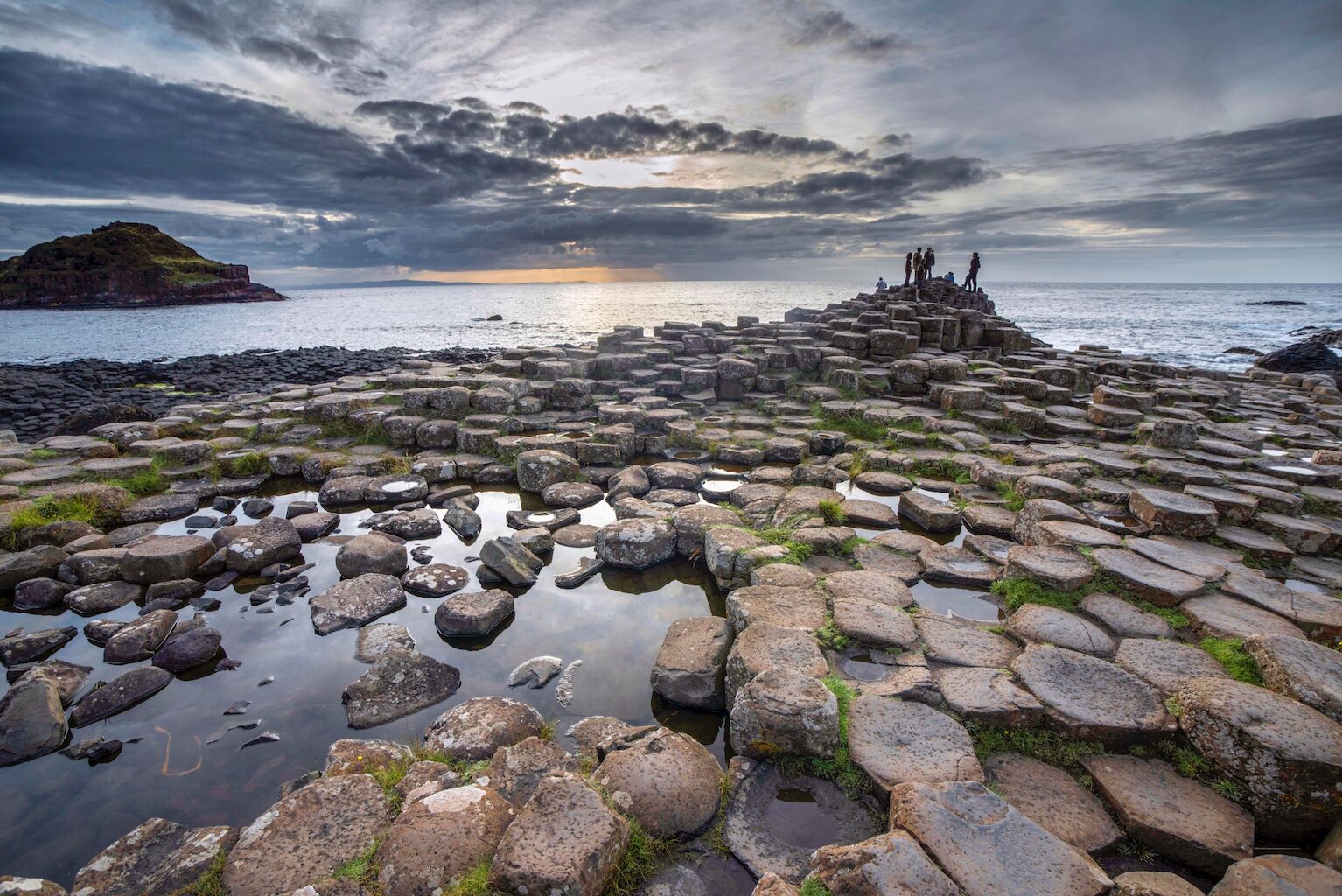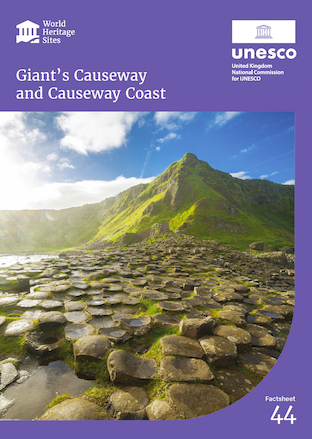Giant's Causeway and Causeway Coast
The Giant’s Causeway and Causeway Coast is located along the exposed Atlantic coast of Northern Ireland. The Giant’s Causeway is made up of over 40,000 regularly shaped columns of basalt and was formed during a sequence of volcanic eruptions and erosion events at the start of the Palaeogene period, some 60 million years ago. Attracting visitors for over 300 years, the Giant's Causeway and Causeway Coast has been key to shaping the understanding of the sequences of activity in the Earth’s geological history.
What makes this UNESCO Designation special?
Inscribed in 1986, The Giant’s Causeway and Causeway Coast was Northern Ireland’s first World Heritage Site and is one of only three in the UK inscribed solely for natural heritage. The dramatic and exceptional basalt columns, rock exposures and array of geological features not only present a spectacle of natural beauty but enable detailed analysis of geological activity of the Palaeogene era in the North Atlantic.
The site is home to many special habitats and holds a variety of environmental designations including Special Area of Conservation and Area of Special Scientific Interest. The fairly frequent landslips and mudslides create areas of bare soil, ideal for plants which attract insects and invertebrates. A small area here is home to Northern Ireland’s only population of the narrow-mouthed whorl snail (Vertigo angustior), a tiny brown snail which is rare in Ireland and the British Isles.
Although a natural designation the site gets its name from associated folklore and stories. Legend has it that the Irish giant Finn McCool created a causeway to get across the Irish Sea to face his rival, the Scottish giant Benandonner. The Girona, a Spanish Armada ship, was wrecked along the rocky shores here in 1588.












